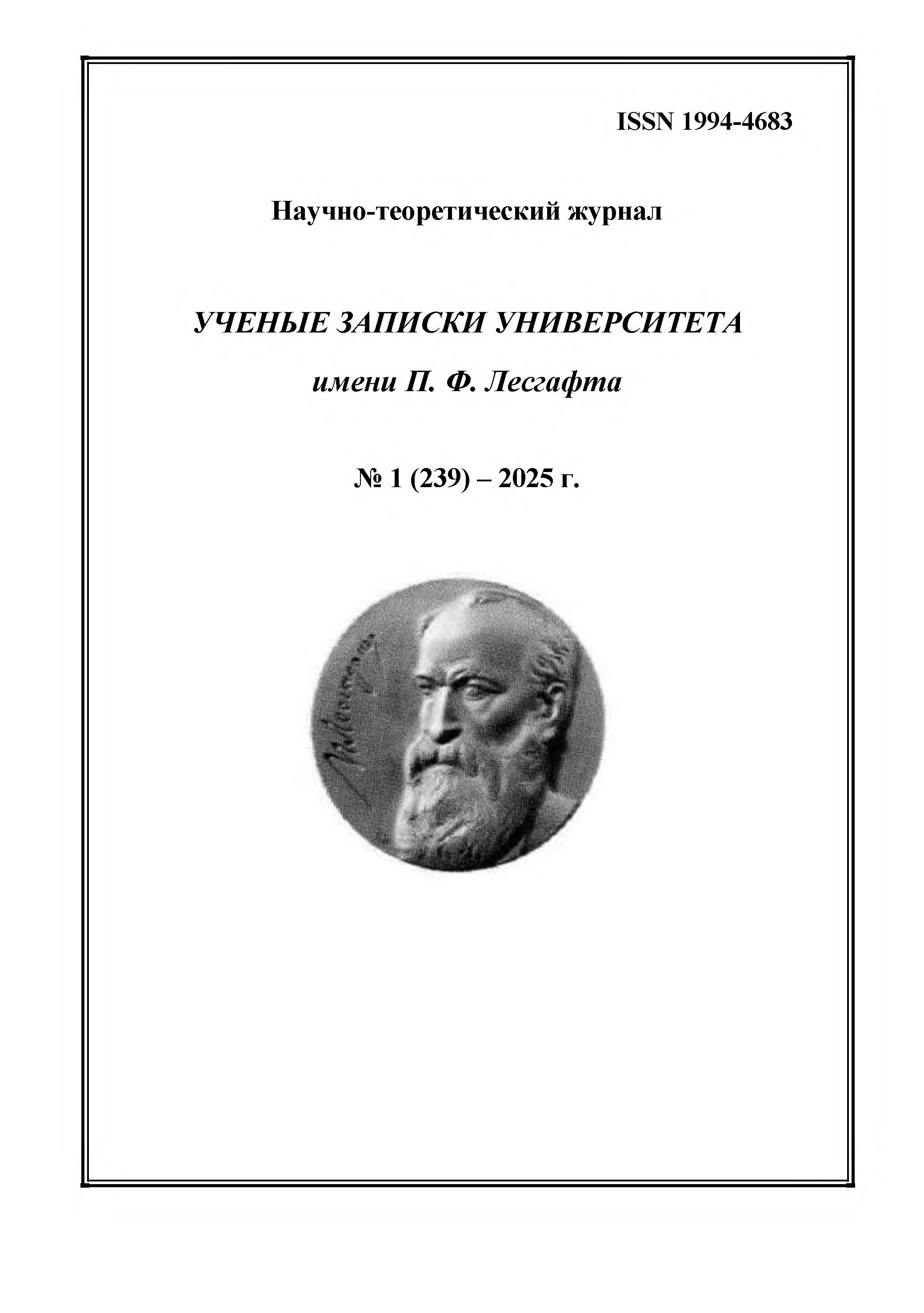employee from 01.01.2013 until now
Pskov, Russian Federation
CSCSTI 77.29
The purpose of the study was to identify the characteristics of asymmetry in the activity of bilateral skeletal muscles during different phases of the shot from a recurve bow. Research methods and organization. During shooting, electromyograms were recorded from 48 leads in 18 bilateral muscles of the torso and upper limbs in five highly qualified athletes. Muscle activity asymmetry was identified in the phases of the bow shot: "drawing," "full draw," "release," and "follow-through." Research results indicate a predominance of right-sided muscle activity with the left-sided stance of the archer. The highest values of the asymmetry coefficient were identified in the "full draw" and "release" phases. In the "drawing the string" phase, predominance of EMG activity was noted in muscles responsible for lifting and aiming the bow at the target on the left side: the trapezius, deltoid, and serratus anterior muscles. In the subsequent phases, EMG activity predominates in the right deltoid muscle.
archery, recurve bow, asymmetry coefficient, electromyography, shooting phases, sports biomechanics
1. Bryukhanov D. A., Kornilov Yu. P. (2014), “Improving the motor actions of rowers, taking into account the asymmetry of special strength qualities”, Sochi journal of economics, Issue 1(29), pp. 222–225.
2. Zakharova V. V., Ermakova E. A. (2023), “Functional hemispheric asymmetry in sports”, Bulletin of Science, Issue 12 (69), pp. 974–980.
3. Gramatikopolo S. N. (2011), “The influence of functional asymmetry on the quality of strokes in young swimmers 8-10 years old”, Bulletin of Sports Science, Issue 2, pp. 28–30.
4. Rynkiewicz M., Rynkiewicz T., Starosta W. (2013), “Asymmetry of Spinal Segments Mobility in Canoeists and its Relationship with Racing Speed”, Human Kinetics, Issue 36, pp. 37–43, DOIhttps://doi.org/10.2478/hukin-2013-0004.
5. Khudik S. S., Chikurov A. I., Voynich A. L., Radaeva S. V. (2017), “Functional asymmetry as a biological phenomenon accompanying athletic performance”, Bulletin of Tomsk State University, Issue 421, pp. 193–202, DOIhttps://doi.org/10.17223/15617793/421/29.
6. Berdichevskaya E. M. (2008), “Computer stabilography in the study of functional asymmetries in shooting sports”, Izvestiya SFU. Technical sciences, Issue 6 (83), pp. 120–123.
7. Dorshorst T., Weir G., Hamill J., Holt B. (2022), “Archery’s signature: an electromyographic analysis of the upper limb”, Evolutionary Human Sciences, Issue 4 (e25), pp. 1–20, DOIhttps://doi.org/10.1017/ehs.2022.20.
8. Pukhov A. M. (2025), “Electromyographic analysis of the technical phases of the archery shot”, Sports Science Bulletin, Issue 3, pp. 44–50.
9. Chuyan E. N., Gornaya O. I. (2009), “Change in the coefficient of motor asymmetry in rats during adaptation to hypokinetic stress”, Physics of living, Issue 1 (17), pp. 165–168.
10. Chermit K. D., Karyagina N. V., Klimenko A. A., Shakhanova A. V., Zabolotny A. G. (2022), “Lateral regulation of athletes' physical activity”, Maikop, 130 p., ISBN 978-5-6048615-9-2.








